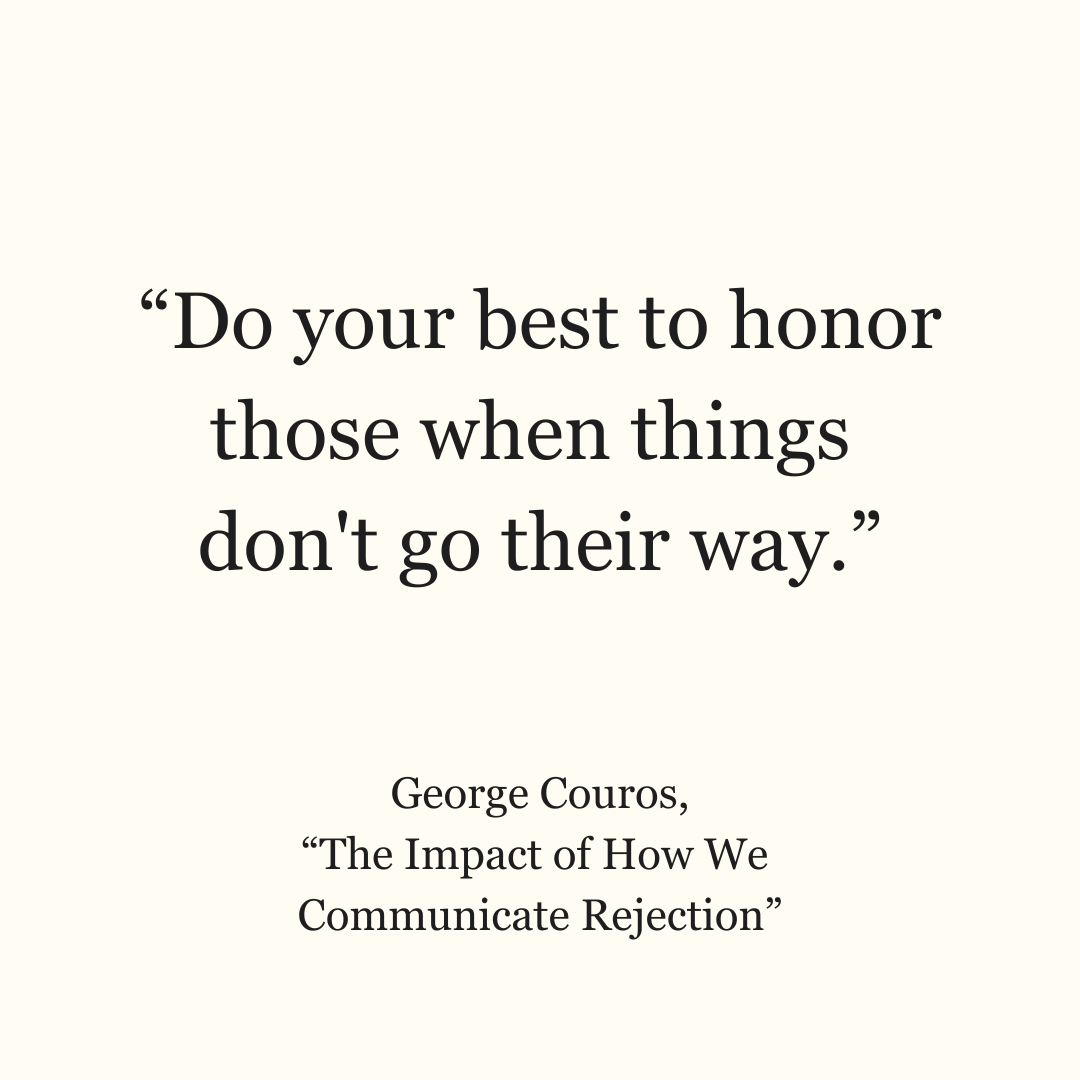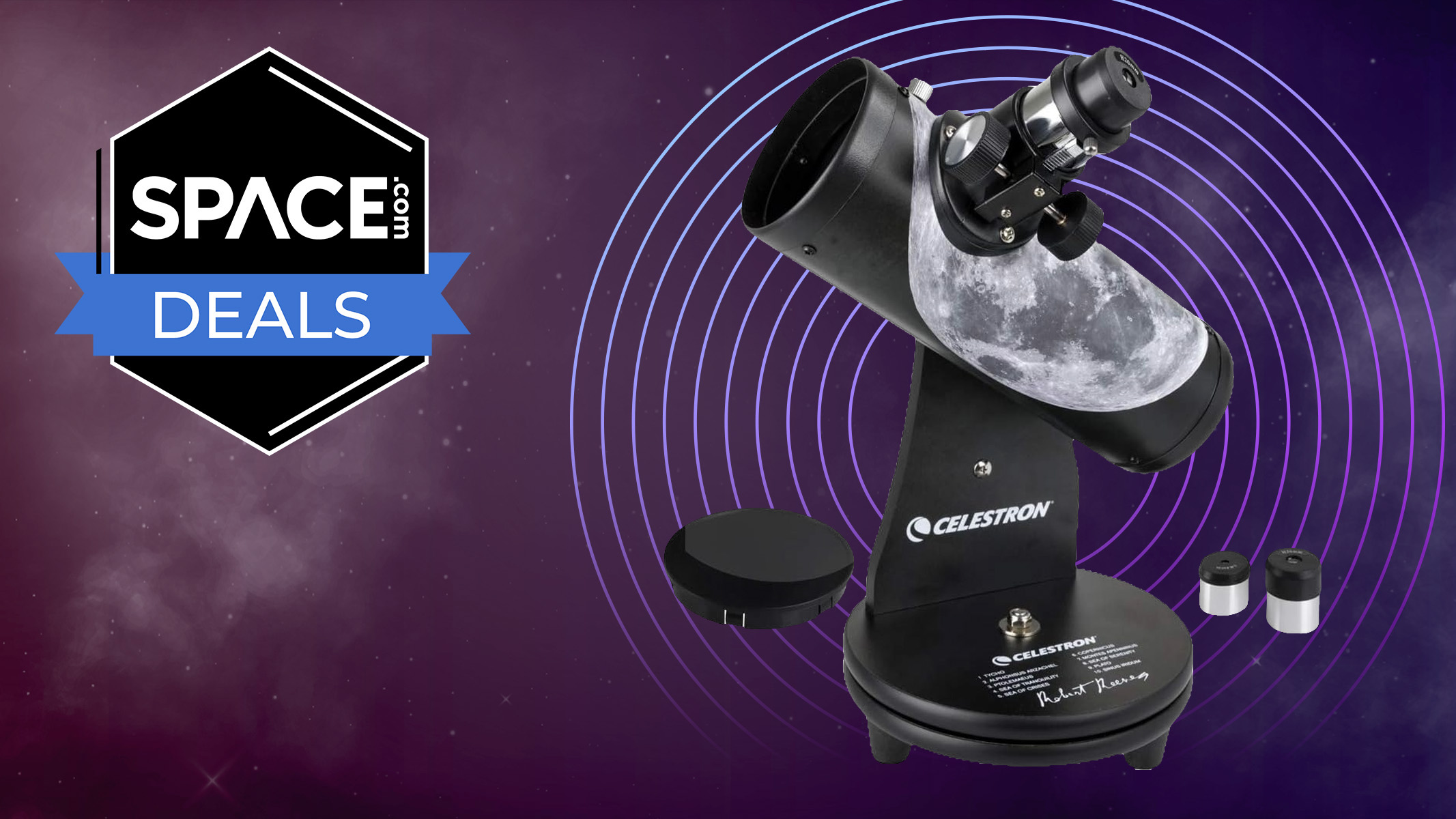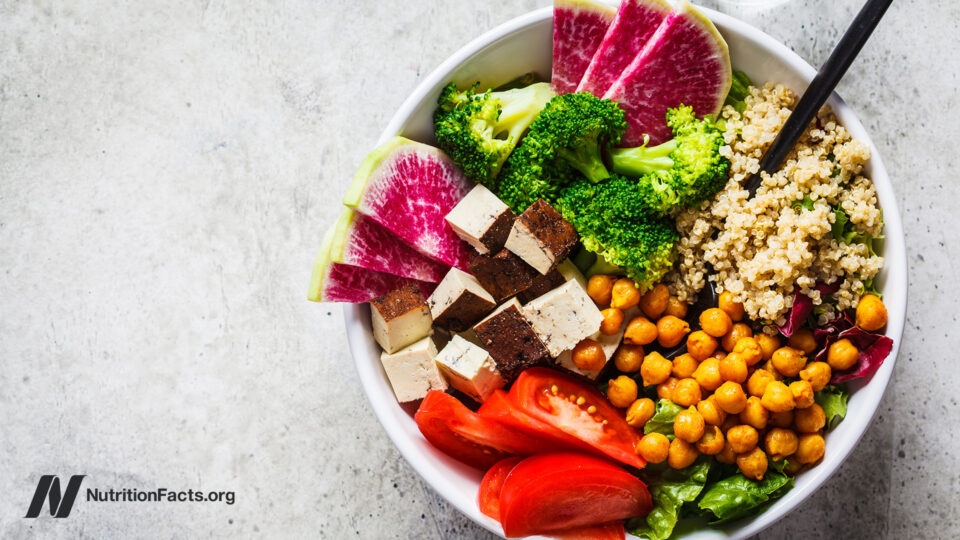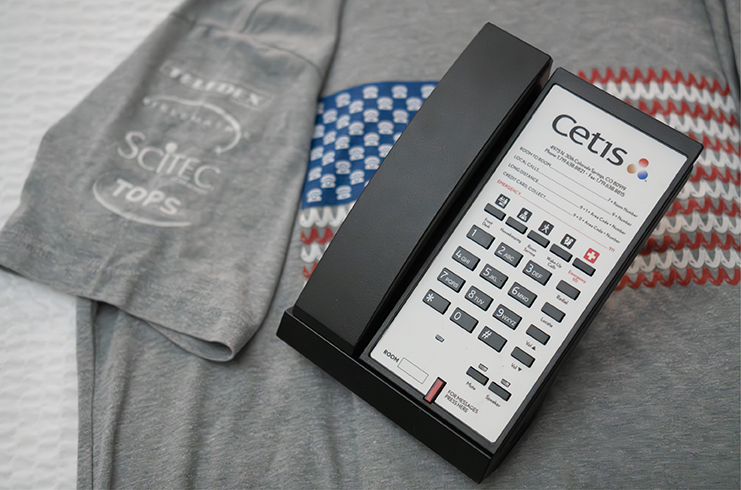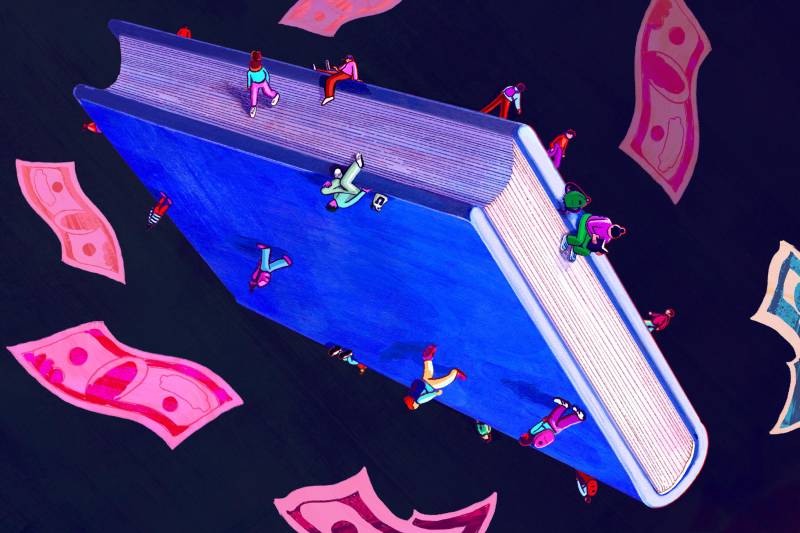The key to boosting math achievement? Neuroscience
After results from the 2024 NAEP were released, it became evident that students are struggling with math achievement. Amid disappointing and stagnant scores, district leaders are looking for a solution that addresses the heart of the issue: How do students learn best?


Key points:
- Research can shed light on the best strategies for increased math achievement
- What research says about how students learn math
- NAEP scores shed light on how the pandemic impacted student learning
- For more news on math learning, visit eSN’s Innovative Teaching hub
After results from the 2024 NAEP were released, it became evident that students are struggling with math achievement. Amid disappointing and stagnant scores, district leaders are looking for a solution that addresses the heart of the issue: How do students learn best?
The answer may lie in research-based approaches that leverage neuroscience to align math instruction with how the brain naturally processes information.
Focusing on how students learn can be the impetus for positive change.
“How can we teach better?” is a great question, but there’s a fundamentally better question: “How do we learn?” says Nigel Nisbet, VP of content creation at MIND Education. “Once you flip that paradigm and stop thinking so much about what you’re doing and how you can teach better–all of which is good to think about–you start asking what learning actually looks like and what mechanisms are there for us to learn. It turns out that a lot of our assumptions about how we think learning happens are not right, and there are better ways of doing things.”
To learn more about how neuroscience plays a critical role in math achievement, click here.













![|ー ▶︎ [ Wouldn't it be easier if you could trace your data structure with lines? ] ー,ー,ー;](https://media2.dev.to/dynamic/image/width%3D1000,height%3D500,fit%3Dcover,gravity%3Dauto,format%3Dauto/https:%2F%2Fdev-to-uploads.s3.amazonaws.com%2Fuploads%2Farticles%2F2k02ska8tyhhnijercgq.png)
![[The AI Show Episode 146]: Rise of “AI-First” Companies, AI Job Disruption, GPT-4o Update Gets Rolled Back, How Big Consulting Firms Use AI, and Meta AI App](https://www.marketingaiinstitute.com/hubfs/ep%20146%20cover.png)




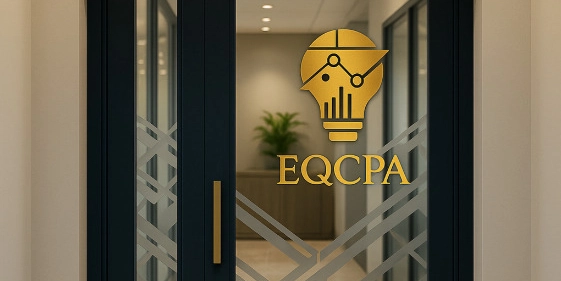

_Brian_Jackson_Alamy.jpg?width=1280&auto=webp&quality=80&disable=upscale#)











